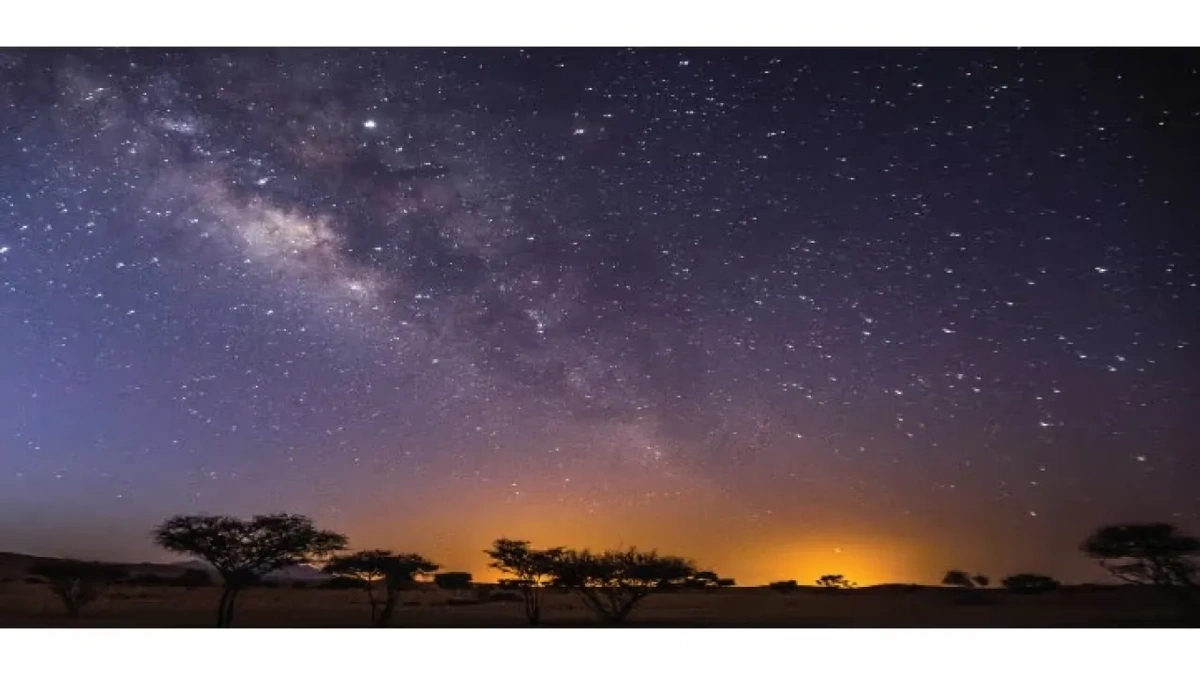We all look up at the night sky and see them – dazzling points of light scattered across the inky blackness. Stars . But let’s be honest, most of us stop at “pretty” without ever really considering what those shimmering beacons are . What fascinates me is how much we don’t know about something so fundamental to our existence. So, let’s dive in and explore the real story behind these celestial wonders, going way beyond the bedtime rhymes.
The Birth and Death of a Stellar Giant | It’s All About Mass

Here’s the thing: not all stars are created equal. Their lives, their deaths, even their colors are dictated by one crucial factor: mass. A star’s mass determines its core temperature and pressure, which, in turn, affects how quickly it burns its fuel (primarily hydrogen). Think of it like this: a tiny, low-mass star , something like a red dwarf, is a cosmic miser, sipping its fuel slowly and steadily for trillions of years. On the other hand, a colossal blue giant is a gas-guzzling race car, burning through its reserves in mere millions of years. It’s a dramatic difference, and understanding this is key to understanding stellar evolution.
And what happens when they run out of fuel? That’s where things get really interesting. A low-mass star will gently puff off its outer layers, forming a beautiful planetary nebula before settling down as a white dwarf – a dense, Earth-sized ember slowly cooling over eons. But a massive star ? Oh, that’s a supernova – one of the most spectacular and violent events in the universe. Thesupernovaexplodes, releasing more energy in seconds than the Sun will produce in its entire lifetime. The remnants can form neutron stars or, if the star was massive enough, a black hole.
Star Light, Star Bright: Decoding the Colors of the Cosmos
Ever noticed that stars aren’t all the same color? Some are blue, some are white, some are yellow (like our Sun), and some are red. These colors aren’t just random; they’re a direct indicator of a star’s surface temperature. Blue stars are the hottest, with surface temperatures reaching tens of thousands of degrees Celsius. Red stars are the coolest, with temperatures in the thousands of degrees. Our Sun, a yellow star , sits comfortably in the middle, with a surface temperature of around 5,500 degrees Celsius.
This brings us to spectroscopy, a key concept in astronomy and one of the first things any would-be astronomer must study. Spectroscopy is the study of spectra produced when matter interacts with or emits electromagnetic radiation. Astronomers use spectral lines to determine the element, and hence chemical composition, temperature, density and speed of a star .
What fascinates me is how something that seems so simple – color – can reveal so much about a star’s properties. It’s like a secret code whispered across the vast distances of space.
Star Systems: We’re Not Alone (Probably)
For a long time, we thought our solar system – one star (the Sun) and a bunch of planets orbiting it – was the norm. But thanks to advancements in telescope technology, particularly space-based telescopes like Kepler and TESS, we now know that most stars are part of multi- star systems or have planets orbiting them. These exoplanets, as they’re called, are incredibly diverse, ranging from gas giants larger than Jupiter to rocky worlds potentially similar to Earth. It is mind-boggling to contemplate. What are the chances that those exoplanets are inhabited and harboring intelligent life?
And, speaking of multi- star systems, many stars exist in binary or even triple systems, where two or three stars orbit each other. Imagine the complex gravitational interactions in such systems! These systems can also create stunning visual effects, like the Algol system, where one star periodically eclipses the other, causing its brightness to dim. If you want to learn more about similar things, you should check Cameron Diaz .
The Stars’ Role in Creating… Everything
Okay, this is where it gets really mind-blowing. You know how everything is made of atoms? Well, most of the atoms in your body – the carbon, oxygen, nitrogen, and all the other elements heavier than hydrogen and helium – were forged in the cores of stars that died billions of years ago. As Carl Sagan famously said, “We are star stuff.” It’s not just a poetic sentiment; it’s a scientific fact. The elements created in stars through nuclear fusion were scattered across the universe during supernova explosions, eventually becoming part of new stars , planets, and, yes, even us. Without those ancient stellar furnaces, life as we know it wouldn’t exist.
So, next time you look up at the night sky, remember that you’re not just looking at pretty lights. You’re looking at the remnants of long-dead stars , the building blocks of everything around you. You’re looking at distant suns potentially harboring their own planets, maybe even their own forms of life. The universe is vast and complex, and stars are at the heart of it all. Understanding them is understanding our place in the cosmos. And understanding our place in the cosmos will change the way you see things.
FAQ About Stars
What’s the closest star to Earth besides the Sun?
Proxima Centauri, a red dwarf star in the Alpha Centauri system, is the closest, located about 4.24 light-years away.
How do stars generate energy?
They generate energy through nuclear fusion in their cores, primarily by fusing hydrogen into helium.
What is a constellation?
A constellation is a group of stars that form a recognizable pattern in the night sky.
Do all stars have planets orbiting them?
While not all stars have confirmed planets, discoveries suggest that many, if not most, stars have planetary systems.
What will happen to our Sun when it dies?
Our Sun will eventually become a red giant, then shed its outer layers to form a planetary nebula, before settling down as a white dwarf.
How do astronomers measure the distance to stars?
Astronomers use various methods, including parallax (for nearby stars ) and standard candles (like Cepheid variable stars ), to measure stellar distances. You can learn more about similar things here Las Vegas movie .

